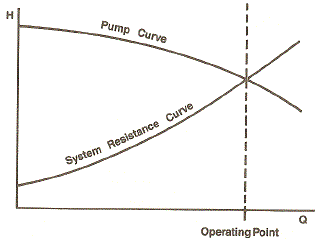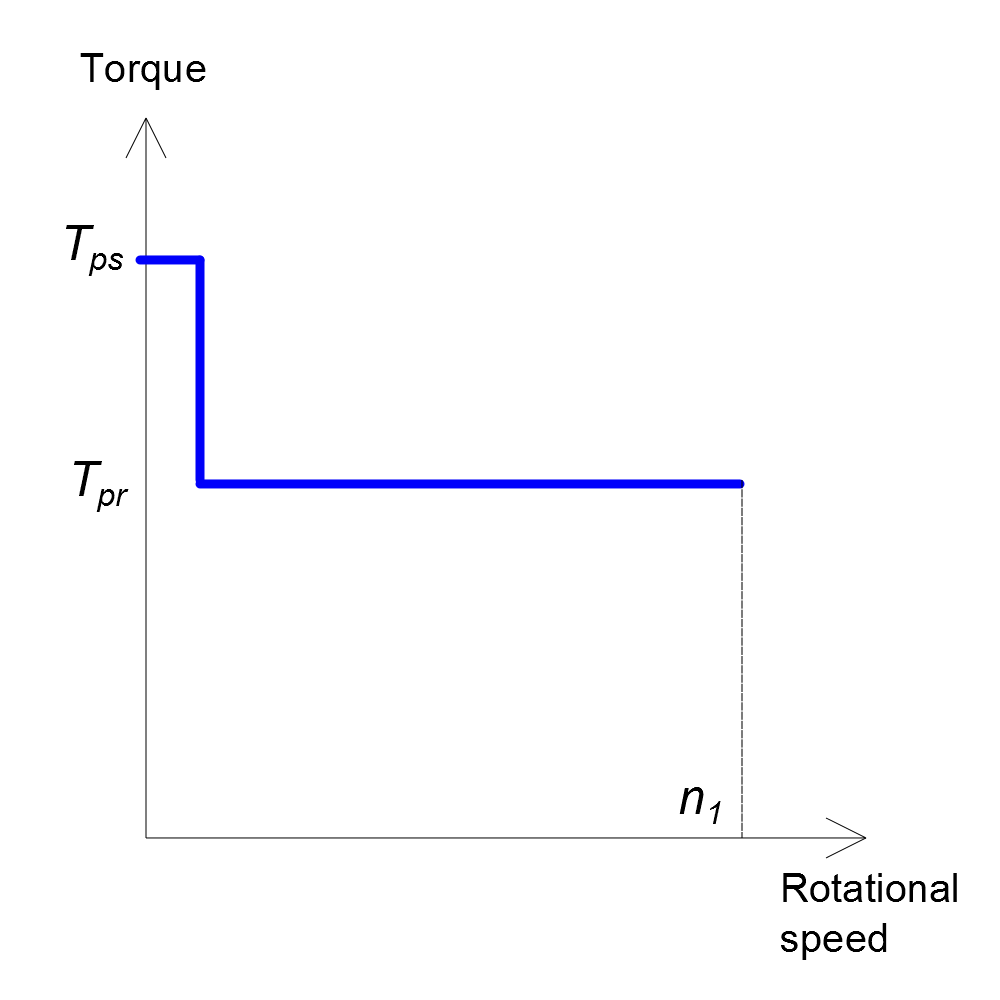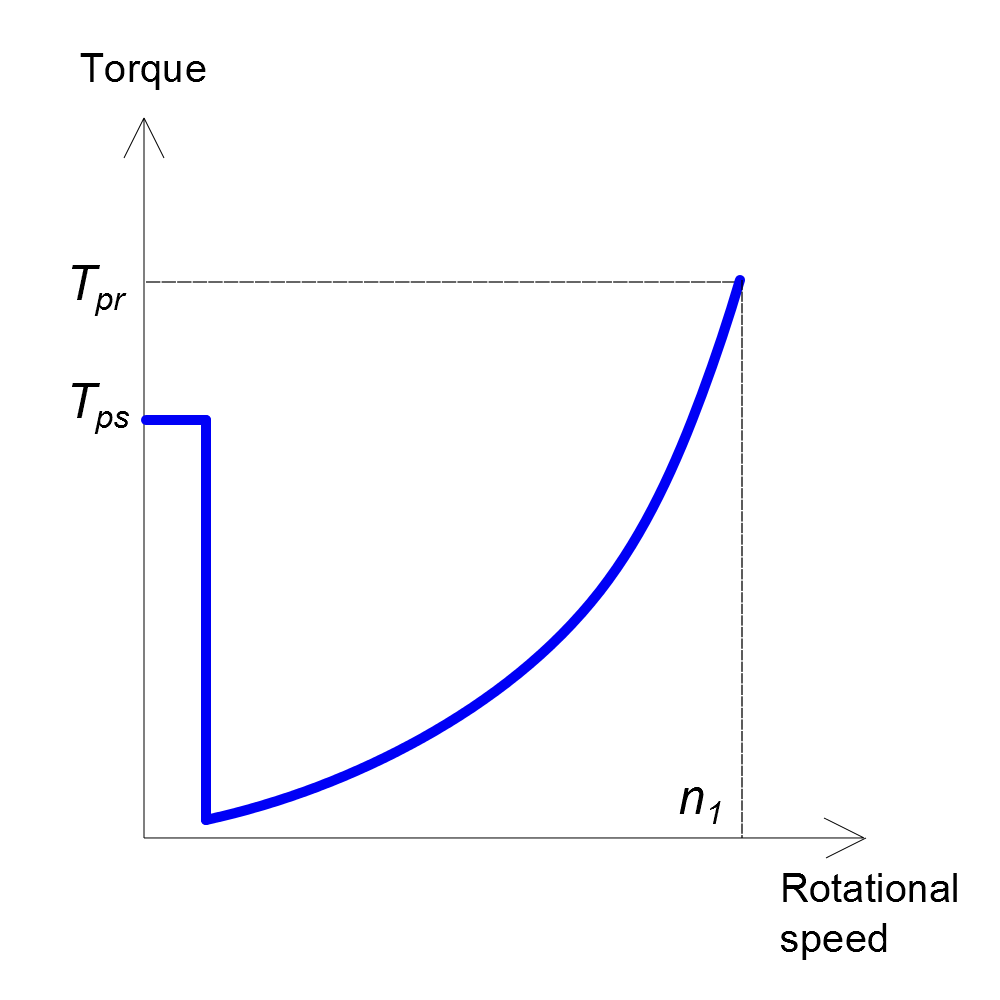Key parameters of pumps
Head and flow
Rated head and flow are the key characteristic of any pump and is always specified by the pump manufacturer.
The static Head (H) of a pump is the maximum pressure it can deliver (height to which the pump lifts the liquid). In DriveConstructor this parameter is entered in m.
Flow (Q), also referred to as volume flow rate or capacity, is the volume of liquid that travels through the pump in a given time (measured in liter per second of cubic meter per hour). Rated flow is the key characteristic of any pump and is always specified by the pump manufacturer. In DriveConstructor this parameter is entered in or .
 Fig.1. Centrifugal pump.
Fig.1. Centrifugal pump.
Pumped fluid
The fluid pumped by the pump can be chosen from the options presented in the table below. Note that for the same head and flow the power required on shaft of the pump will be higher for fluid with higher density (according to ). The default fluid is water.
| Fluid | Density, kg/m3 |
|---|---|
| water | 1000 |
| average oil | 920 |
| kerosene | 820 |
| milk | 1035 |
| sea water | 1025 |
| gasoline | 720 |
Starting torque ("breakaway" torque)
Real pumps can have a significant static friction or breakaway torque (as shown in Fig. 2, 3), which must be overcome when starting. In some cituations starting torque can be higher than the rated torque even for centrifugal pumps.
 Fig.2. Pump with CT load curve and starting curve.
Fig.2. Pump with CT load curve and starting curve.
 Fig.3. Pump with QT load curve and starting curve.
Fig.3. Pump with QT load curve and starting curve.
In DriveConstructor starting torque is defined as the fraction of rated torque . The following values can be chosen: 0.0, 0.1, 0.2, 0.3, ..., 1.8, 1.9, 2.